Engine oil is the lifeblood of your vehicle’s engine, playing a crucial role in lubrication, cooling, and protecting vital components. It’s important to understand the ins and outs of engine oil to ensure optimal engine performance and longevity. We’ll explore the key aspects of engine oil, from deciphering the numbers and letters on oil bottles to understanding the importance of following manufacturer recommendations.
Decoding the Combination of Numbers and Letters on Oil Bottles
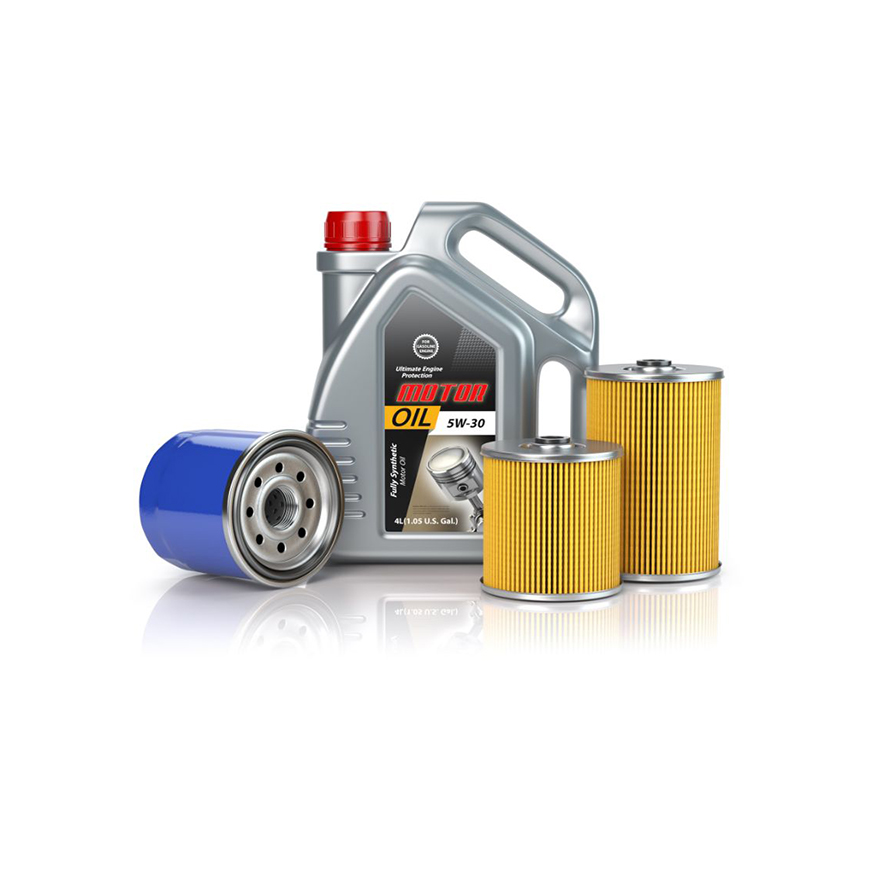
The combination of numbers and letters on an oil bottle represents its viscosity rating and performance specifications. The viscosity rating, such as 10W-30 or 5W-40, indicates the oil’s flow characteristics at different temperatures. The “W” stands for winter, while the numbers represent the oil’s viscosity at cold and operating temperatures, respectively. The performance specifications, such as API or ACEA ratings, denote the oil’s quality and suitability for specific engines.
The Crucial Role of Regular Engine Oil Changes

Regular engine oil changes are an essential aspect of vehicle maintenance that should not be overlooked. Engine oil, often referred to as the “lifeblood” of an engine, plays a vital role in keeping the engine running smoothly and efficiently. Engine oil acts as a lubricant, creating a thin film between moving engine parts to minimize friction and wear. Over time, engine oil breaks down, loses its lubricating properties, and becomes less effective at reducing friction. Regular oil changes ensure that fresh, clean oil is circulating through the engine, providing optimal lubrication and reducing wear on critical components. In addition to lubrication, engine oil also plays a crucial role in cooling the engine. It absorbs heat generated by engine operation and carries it away from the combustion chamber and other hot spots. As engine oil ages, it becomes less effective at heat dissipation, potentially leading to increased engine temperatures. Regular oil changes with fresh oil help maintain proper engine operating temperatures, preventing overheating and potential engine damage. Over time, engine oil accumulates dirt, debris, and combustion byproducts, forming sludge and reducing its ability to lubricate effectively. This contamination can cause increased engine friction, leading to premature wear and reduced engine performance. Regular oil changes ensure that these contaminants are removed, allowing the fresh oil to provide optimal lubrication and protection. By maintaining clean and properly lubricated engine components, regular oil changes can significantly extend the lifespan of your engine. Well-lubricated parts experience less friction, resulting in reduced wear and tear. This, in turn, reduces the risk of engine damage and the need for costly repairs or even engine replacement. It’s important to follow the oil change intervals recommended by your vehicle’s manufacturer. These recommendations are based on extensive testing and engineering, taking into account factors such as engine design, operating conditions, and oil performance. Adhering to these guidelines ensures that your engine receives the appropriate level of lubrication and protection.
Unveiling the Composition of Engine Oil: A Closer Look at Base Oils and Additives
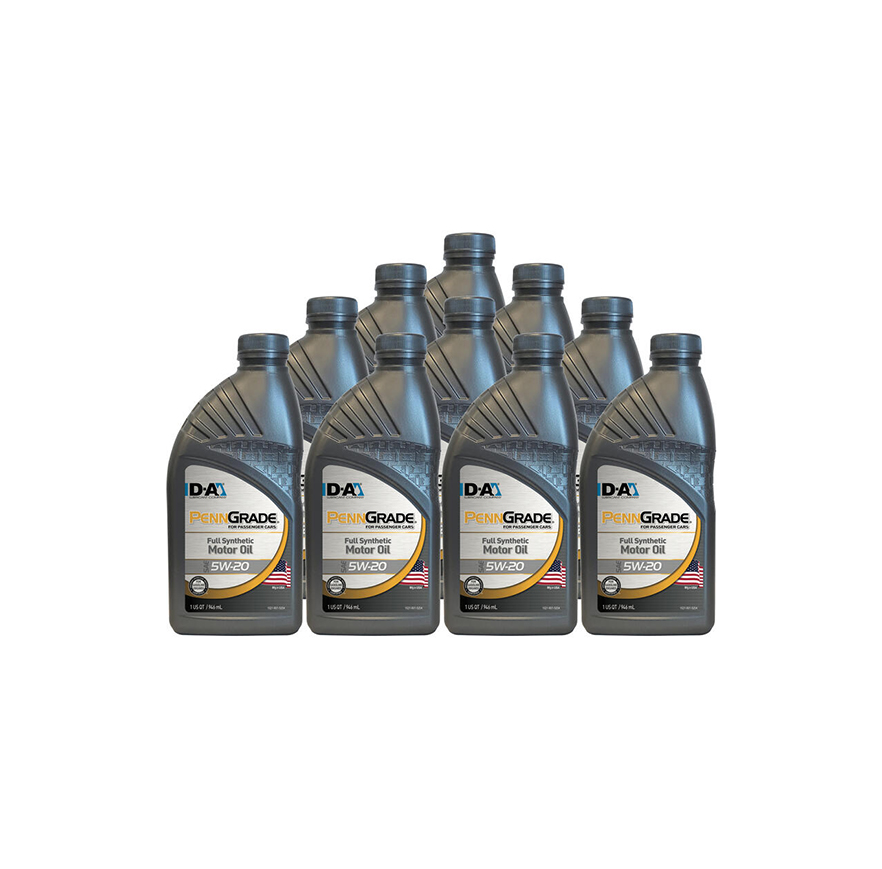
Additives are essential components added to base oils to enhance engine oil performance and provide additional protection. These additives are carefully selected and blended to address specific challenges and meet various engine requirements. Detergents help prevent the formation of deposits and sludge by keeping engine surfaces clean. They inhibit the buildup of contaminants, such as carbon deposits and varnish, on engine components. Dispersants work in conjunction with detergents to suspend and disperse contaminants within the oil, preventing them from settling and forming harmful deposits. This keeps the oil clean and maintains its overall performance. Anti-wear agents form a protective layer on metal surfaces, reducing friction and minimizing wear. These additives ensure that critical engine parts, such as pistons, cylinders, and bearings, are adequately protected, extending their lifespan. Antioxidants help combat oxidation, which occurs when oil reacts with oxygen at high temperatures. They inhibit the degradation of the oil, preventing it from thickening or forming harmful sludge. Viscosity modifiers control the oil’s viscosity, ensuring that it maintains its desired thickness and flow characteristics across a wide range of temperatures. They enable the oil to provide optimal lubrication in both cold-start conditions and high-temperature environments. Corrosion inhibitors form a protective barrier on metal surfaces, preventing rust and corrosion caused by moisture or acidic byproducts in the engine.
Debunking the Need for After-Market Engine Oil Additives
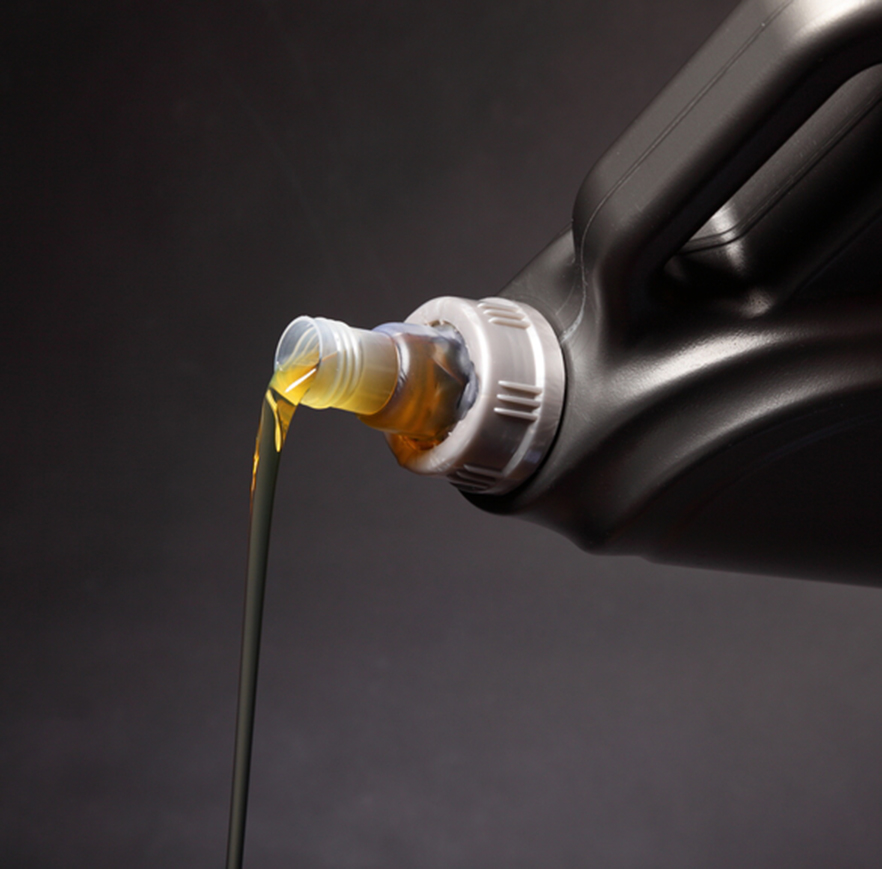
When it comes to engine oil, there is a wide range of after-market additives available on the market, claiming to improve performance, increase fuel efficiency, or reduce engine wear. However, it’s important to understand that modern engine oils are meticulously formulated to meet stringent industry standards and deliver optimal performance. In most cases, after-market engine oil additives are not necessary and can even disrupt the carefully balanced composition of the oil. Engine oil manufacturers invest significant resources in research, development, and testing to create high-quality oils that meet the specific requirements of modern engines. These oils are designed to provide optimal lubrication, protect against wear and deposits, and withstand the demands of various operating conditions. Engine oils already contain a precisely formulated blend of additives that address various challenges, including detergent and dispersant additives to keep the engine clean, anti-wear agents for component protection, antioxidants to combat oxidation, and viscosity modifiers for consistent performance across temperature ranges. These additives work together in a delicate balance to deliver the intended performance characteristics of the oil. Adding after-market engine oil additives without proper knowledge or need can disrupt this delicate balance of additives. Introducing additional chemicals can alter the chemical composition and performance characteristics of the oil, potentially compromising its ability to lubricate, protect, and dissipate heat effectively. This can lead to unexpected engine issues and potentially void any warranty coverage provided by the oil manufacturer. The market for after-market additives is vast, and unfortunately, not all products meet the required standards or deliver the promised benefits. Many additives make bold claims but lack proper certification or scientific evidence to support their effectiveness. Relying on unverified additives can be risky, as they may not deliver the desired results or may even cause harm to your engine. If you have specific concerns or requirements for your engine, it is advisable to consult with a trusted mechanic or your vehicle manufacturer. They can provide expert guidance tailored to your vehicle’s needs and recommend appropriate engine oil formulations without the use of after-market additives.
Unveiling the Differences: Conventional vs. Synthetic Engine Oil
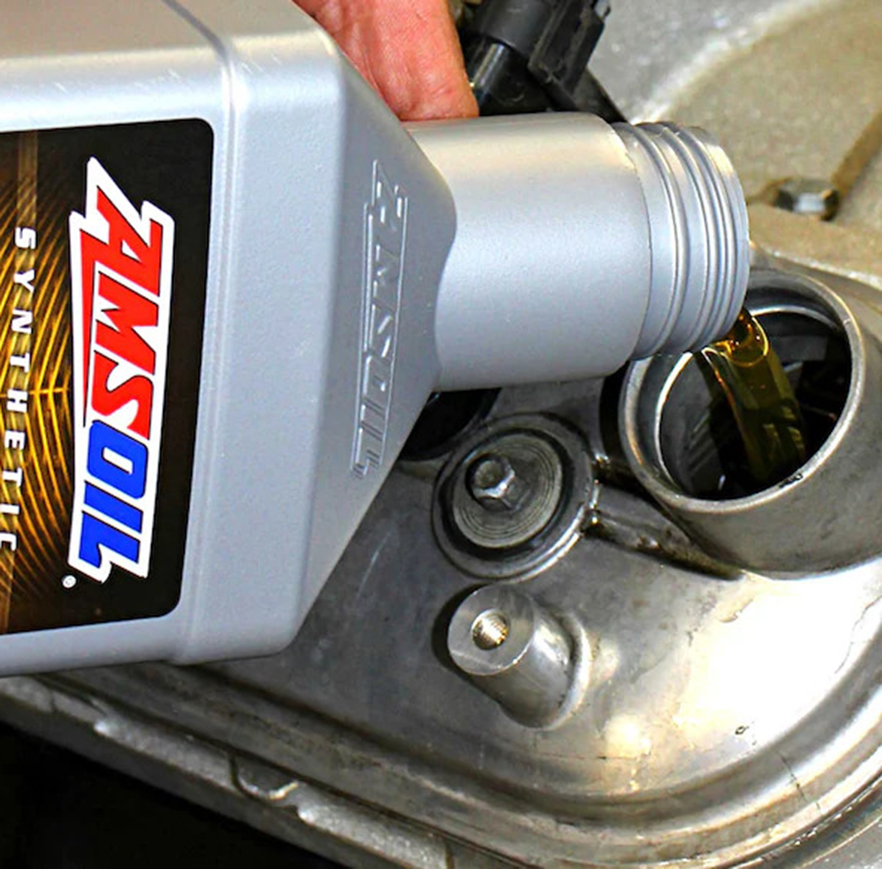
When it comes to engine oil, two primary options dominate the market: conventional and synthetic. Understanding the differences between these two types of oil can help you make an informed decision about which one is best for your vehicle. Conventional engine oil, also known as mineral oil, is derived from crude oil through a refining process. It is the traditional choice and has been used for decades. Conventional oil undergoes refining to remove impurities and improve its lubricating properties. However, it still retains some of the natural characteristics of the crude oil from which it is derived. Synthetic engine oil is chemically engineered to provide enhanced performance and protection. It is created through a complex process that involves synthesizing base oil molecules and adding advanced additives. Synthetic oil is designed to offer better performance characteristics compared to conventional oil.
Compatibility and Mixing of Conventional and Synthetic Engine Oils
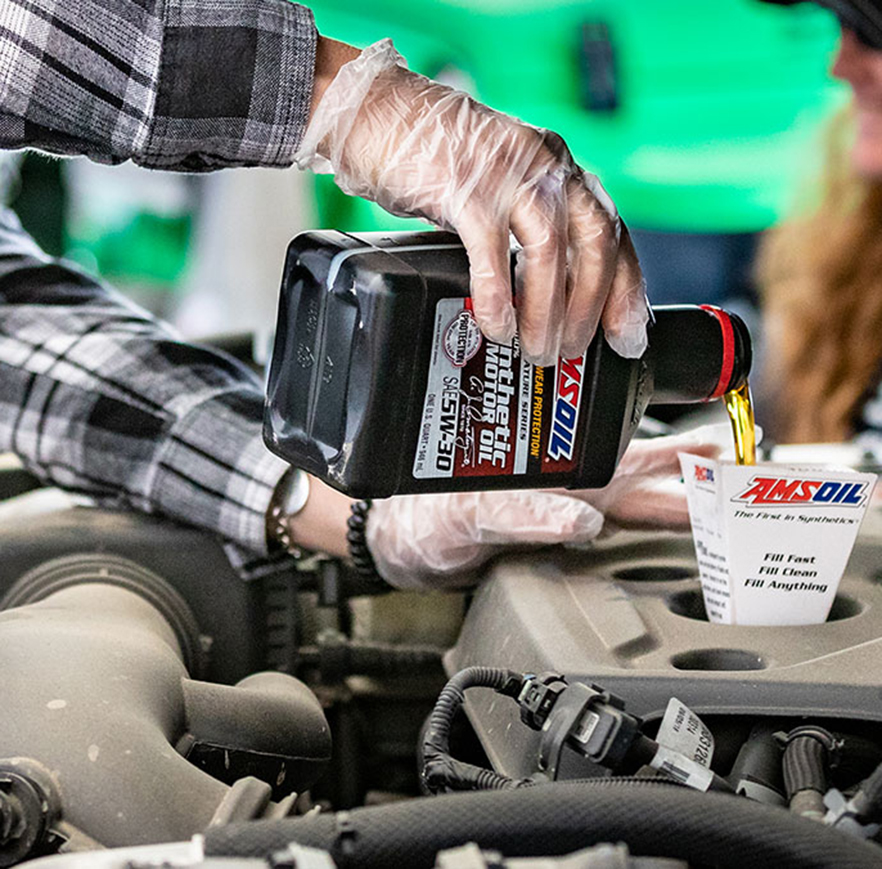
The compatibility and mixing of conventional and synthetic engine oils are topics of interest for many car owners. While in most cases they can be mixed without causing significant issues, it is generally recommended to stick with one type of oil for optimal performance and protection. Conventional and synthetic oils typically have compatible base oils, as they are both derived from crude oil or synthesized hydrocarbons. This means that the base oil components are generally compatible and can be mixed without adverse effects. Mixing oils with similar viscosity grades, such as 5W-30 and 10W-30, is generally acceptable. However, it’s important to note that mixing oils with different viscosity grades can alter the overall viscosity and potentially affect engine performance.
Engine Break-In: Why Synthetic Oil is Not Recommended

Engine break-in is a critical phase for new or rebuilt engines, allowing the components to properly seat and wear-in. During this period, the use of conventional oil is generally recommended over synthetic oil. Engine break-in is a crucial process that allows the various components of the engine to properly mate and wear together. During this period, microscopic irregularities on surfaces, such as piston rings, cylinder walls, and bearings, are smoothed out through controlled friction and heat. This process ensures optimal performance, longevity, and oil consumption of the engine. Conventional oil is preferred for engine break-in due to its unique lubricating properties. Conventional oils typically have higher levels of friction modifiers and additives specifically designed to facilitate the bedding-in process. These additives provide a thin layer of lubrication that allows the components to wear and seat properly. Synthetic oil, on the other hand, is engineered to provide superior lubrication, reduce friction, and withstand extreme operating conditions. While these characteristics make synthetic oil an excellent choice for regular engine operation, they can hinder the break-in process. Synthetic oil’s superior lubricating properties may reduce the friction necessary for proper component wear-in during the break-in period. It is crucial to consult your vehicle’s manufacturer recommendations for the appropriate oil to use during the break-in period. Manufacturers have specific guidelines based on their engine designs and components. They may recommend a specific viscosity and type of conventional oil to ensure proper break-in and optimal engine performance. After completing the break-in period, and once the engine has properly seated and worn-in, transitioning to synthetic oil can be considered. Synthetic oil offers numerous benefits, including better resistance to heat, improved lubrication, and longer service intervals. However, always consult the manufacturer’s recommendations to ensure compatibility with your engine.
Understanding Engine Sludge: Causes and Implications
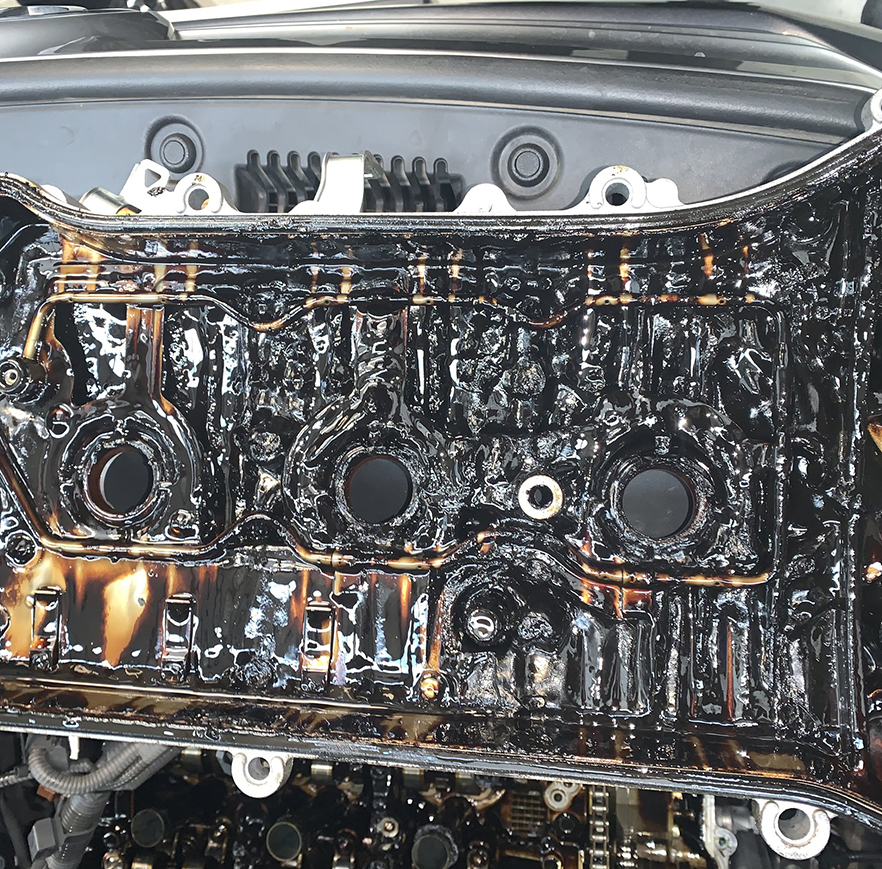
Engine sludge is a troublesome issue that can impact engine performance and reliability. It is a thick, gel-like substance that forms when oil oxidizes, breaks down, and combines with contaminants. Engine sludge is typically a result of several factors that contribute to oil degradation and contamination. Over time, the high operating temperatures within the engine can cause the oil to oxidize, leading to the formation of sludge. Oxidation occurs when oil reacts with oxygen, causing it to thicken and lose its effectiveness. Dust, dirt, and other particles can find their way into the engine and mix with the oil. These contaminants, along with combustion byproducts, contribute to the formation of sludge. They can enter the engine through the air intake, worn-out piston rings, or inadequate filtration. Moisture accumulation, often due to short trips or condensation, can lead to water mixing with the oil. Water in the engine can promote the growth of sludge, as it reacts with the oil and accelerates its breakdown. Engine sludge can have several detrimental effects on engine performance and longevity. Sludge can clog narrow oil passages and restrict the flow of oil to critical engine components. This hampers proper lubrication, leading to increased friction, wear, and potential damage to engine parts. Sludge impedes the efficient flow of oil, which can compromise its ability to absorb and dissipate heat. This can result in elevated engine temperatures, increasing the risk of overheating and potential engine damage. The presence of sludge can negatively impact engine performance, leading to reduced power, decreased fuel efficiency, and overall sluggishness in engine operation. If left unaddressed, severe sludge buildup can cause oil starvation, leading to catastrophic engine failure. It can block critical oil passages and starve vital components, such as bearings, piston rings, and valve lifters, of proper lubrication.





